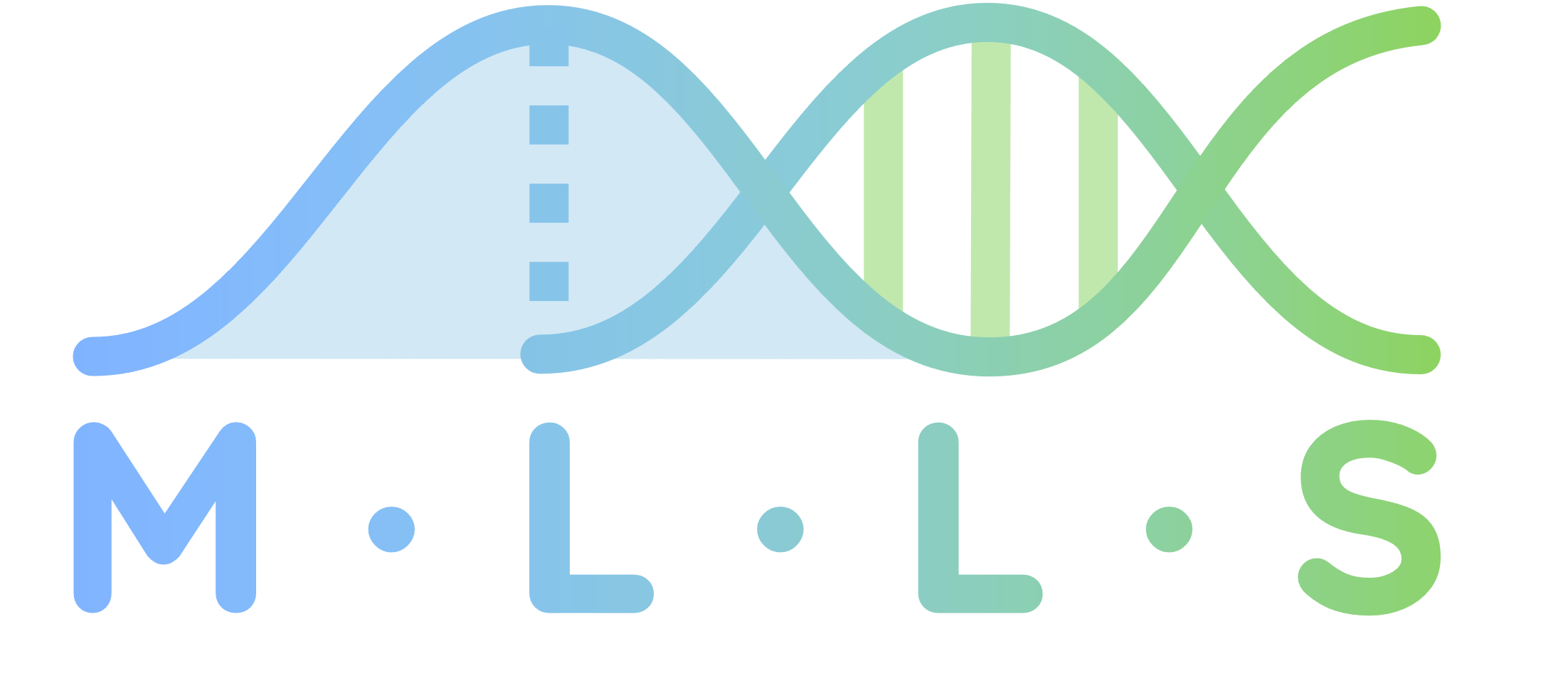Toy continuous objective functions#

About#
These are the usual objective function people use to test continuous optimizers [Al-Roomi, 2015, Surjanovic and Bingham, 2013]. In particular, we include:
For \(n\)-dimensional optimization:
shifted_sphere(\(\sum_{d=1}^n (x_d - 1)^2\)),
For specific dimensions:
easom, which is only available in 2 dimensions.cross_in_tray, which is only available in 2 dimensions.
Warning
Some of the signs might be flipped, since we are usually interested in maximization. Some of the constants inside might also be changed for scale. For the definitive version we used, check the implementation.
Prerequisites#
None, this function should always run out-of-the-box
How to run#
import numpy as np
from poli.objective_repository import (
ToyContinuousBlackBox,
ToyContinuousProblemFactory,
)
function_name = "ackley_function_01"
n_dimensions = 2
# Creating the black box
f = ToyContinuousBlackBox(
function_name=function_name,
n_dimensions=n_dimensions,
)
# Creating a problem
problem = ToyContinuousProblemFactory().create(
function_name=function_name,
n_dimensions=n_dimensions,
)
f, x0 = problem.black_box, problem.x0
# Example input:
x = np.array([[0.5, 0.5]]) # must be of shape [b, L], in this case [1, 2].
# Querying:
print(f(x))
Creating problems with low intrinsic dimensionality#
Some optimization algorithms (like LineBO or SAASBO) rely on the assumption that there is a low intrinsic dimensionality to the problem. Roughly speaking, this means that only a subset of the variables are actually relevant to the problem in question. This poli objective allows you to create such problems. For example, consider camelback_2d (which is usually only defined in two dimensions). You can embed this function into, say, 30 dimensions by creating the objective as follows:
problem = ToyContinuousProblemFactory().create(
function_name="camelback_2d",
embed_in=30, # This will create a function that takes 30d input values
)
f, x0 = problem.black_box, problem.x0
During the creation process, the two relevant dimensions of camelback_2d will be randomly embedded into two of the 30 dimensions. These are accessible under f.function.dimensions_to_embed_in (which is an array of integers).
How to cite#
If you use this black box, we expect that you cite the following resources:
[1] Al-Roomi, A. R. (2015). Unconstrained Single-Objective Benchmark Functions Repository. Dalhousie University, Electrical and Computer Engineering. Halifax, Nova Scotia, Canada. Available at: https://www.al-roomi.org/benchmarks/unconstrained
[2] Surjanovic, S., Bingham, D., “Optimization Test Functions and Datasets.” Accessed April 12, 2024. https://www.sfu.ca/~ssurjano/optimization.html.
[3] González-Duque, M., Bartels, S., & Michael, R. (2024). poli: a libary of discrete sequence objectives [Computer software]. MachineLearningLifeScience/poli
@MISC{Al-Roomi:continuous_objective_benchmarks:2015,
author = {Ali R. Al-Roomi},
title = {{Unconstrained Single-Objective Benchmark Functions Repository}},
year = {2015},
address = {Halifax, Nova Scotia, Canada},
institution = {Dalhousie University, Electrical and Computer Engineering},
url = {https://www.al-roomi.org/benchmarks/unconstrained}
}
@misc{SurjanovicBingham:test_functions:2013,
author = {Surjanovic, S. and Bingham, D.},
title = {Optimization Test Functions and Datasets},
year = {2013},
howpublished = {\url{https://www.sfu.ca/~ssurjano/optimization.html}},
note = {Accessed: 2024-04-12}
}
@software{Gonzalez-Duque:poli:2024,
author = {González-Duque, Miguel and Bartels, Simon and Michael, Richard},
month = jan,
title = {{poli: a libary of discrete sequence objectives}},
url = {https://github.com/MachineLearningLifeScience/poli},
version = {0.0.1},
year = {2024}
}

